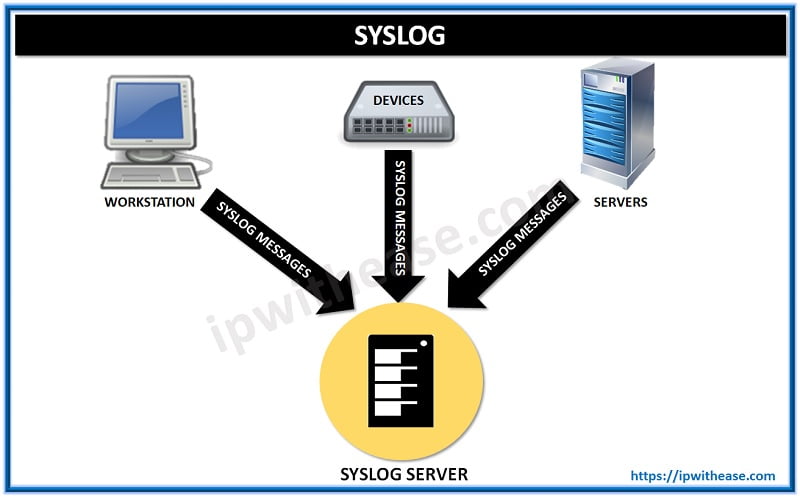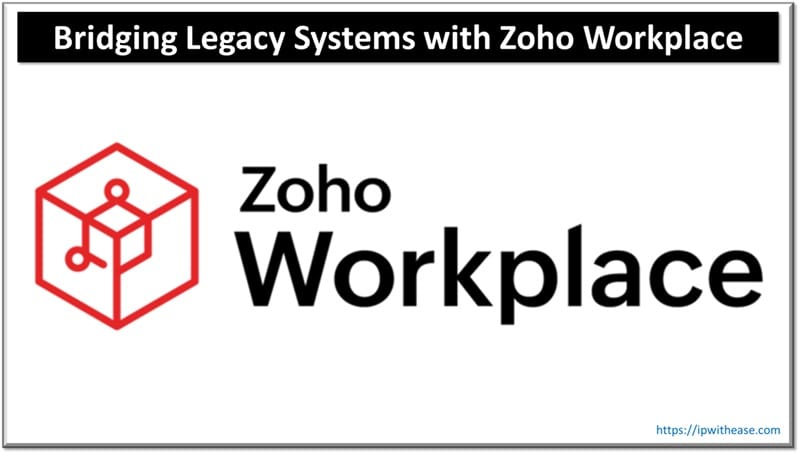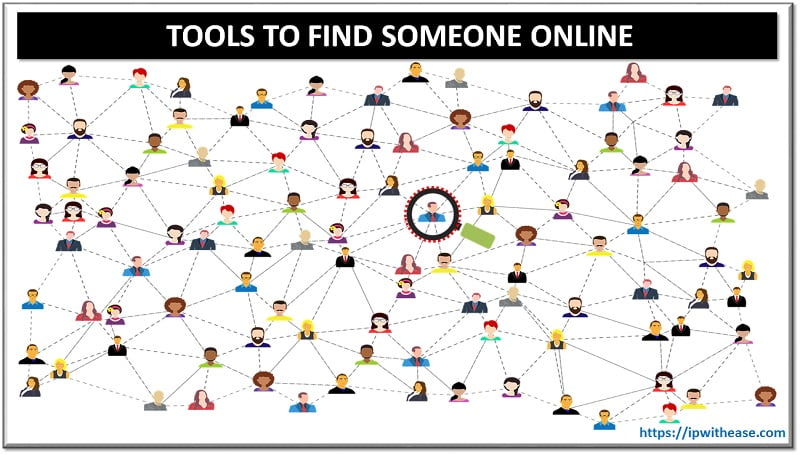Table of Contents
So, here we are in 2025, a year where our professional lives are practically cloud-native, where without access to a handful of powerful tools, the global economy could very well come to a standstill.
If you’re like me and are constantly juggling remote work, side hustles, and that never-ending quest for personal growth all the same, a few essential, cheap, yet powerful tools are key for maintaining your mental sanity.
In this article, I will break down eight essential cloud tools that have seriously helped me level up my professional game this year, along with certain insider tips, tricks, and best practices to help you do the same.

Cloud Tools For Professional Development
1. Canva
Canva is the design tool I had no idea I needed. It’s not the most powerful tool out there, but it is by far the most easy to use one, which anyone can pick up and get started, often without any training.
Gone are the days of clunky design software, since Canva’s intuitive interface and rich library of templates make it a breeze to craft everything from sleek presentations to engaging social media graphics and digital scrapbooking templates.
2. Slack
Slack isn’t just a messaging app, it’s a virtual meeting ground where ideas bounce around like sparks off a bonfire. I’ve found that a well-organized channel can be as comforting as a morning coffee ritual with your favorite co-workers (or even that quirky intern who always drops a meme).
With its customizable integrations, you can seamlessly link project management apps, calendars, or even a random GIF generator for those long afternoons. It keeps conversations transparent and, honestly, feels like a team chat with a side of casual banter.
3. Zoom
Ever since the pandemic, Zoom has quietly become a staple across most organizations across the globe. Some would even go as far as to call it the pillar that held together the global economy during those turbulent years.
Now, even though the pandemic is a distant memory, remote work is certainly here to stay, with Zoom continuing to play an outsized role in the functioning of modern businesses.
If you’re a working professional in 2025, the right Zoom etiquette is right up there with learning how to copy people in email communications.
There are several guides out there to get you started, but you get most of the know-how only by regularly using the tool for meetings.
4. Google Workspace
Google Workspace has pretty much become the backbone of many modern workflows. Its suite of apps, from Docs and Sheets to Slides and Meet allows teams to work simultaneously, edit in real-time, and share feedback without the hassle of endless email threads.
One thing about digital platforms is that they help save you from the nightmare of software version control, and Google Workplace is a prime example of this.
Whether you’re drafting proposals or crunching numbers, the ease of access and collaborative features make it indispensable for staying on top of deadlines and brainstorming on the fly.
5. Trello
Ever feel like your tasks are running away from you? Trello’s visual boards have rescued me more than once. This tool is like a digital corkboard where you can pin your ideas, set deadlines, and watch your projects move through stages.
If you’ve ever had a project that’s spiraling out of control, you probably realize just how much of a lifesaver tools like Trello can be. From its drag-and-drop simplicity to its easy-to-use interface, this is as easy as it gets when it comes to project management.
6. Notion
It’s hard to describe Notion in one word, because it does so many things, from a digital notebook to a project manager, and even a collaboration platform, all in one place. It also allows you to build comprehensive databases for basically anything.
You can essentially run your entire business using Notion, and there are several tools, templates and frameworks off-late particularly catering to this.
It takes a while to truly understand and get a hang of this platform, but you don’t require any technical knowledge, everything is drag-and-drop with an intuitive interface.
7. LinkedIn Learning
Keeping your skills sharp is non-negotiable, and LinkedIn Learning serves up a continuous assortment of courses, tutorials, and industry insights.
I’ve tackled everything from advanced coding to leadership strategies on this platform. Of course, there are several other dedicated platforms to learn coding and leadership skills, but LinkedIn being LinkedIn, there is the added benefit of better showcasing your learning, skills, and certifications.
8. GitHub
Now, if you’re in tech, or even dabble in any collaborative project, GitHub is where innovation meets teamwork. It’s not solely for hardcore coders, I’ve witnessed designers, data analysts, and even marketers using GitHub to manage versions, share resources, and track project evolution.
Its open-source nature fosters a community where feedback and iteration are part of the daily grind. Personally, the moments when I’ve merged a brilliant pull request have felt like high-fives in digital form, proving that teamwork truly makes the dream work.
Conclusion
Each of these eight tools have been etched into my daily workflow, whether it’s for communication, collaboration, or creativity. They embody the spirit of modern professional development, being flexible, accessible, and endlessly adaptable.
Just a few short years since I adopted them, I cannot imagine going back to the old ways. So, there you have it, in a world where remote work and virtual collaborations are the norms, these cloud tools aren’t just conveniences, they’re essential partners in the pursuit of success.
ABOUT THE AUTHOR
IPwithease is aimed at sharing knowledge across varied domains like Network, Security, Virtualization, Software, Wireless, etc.



